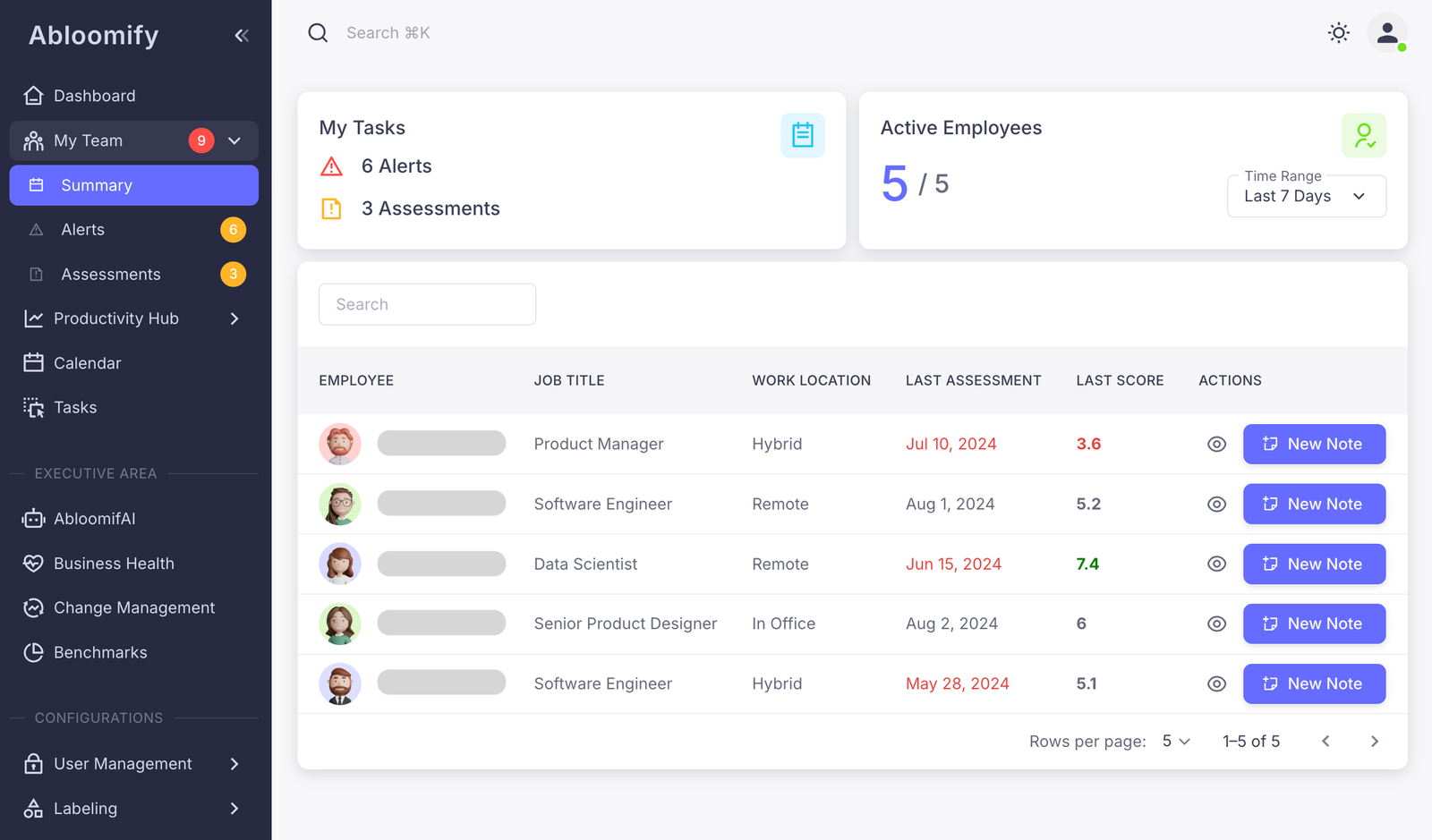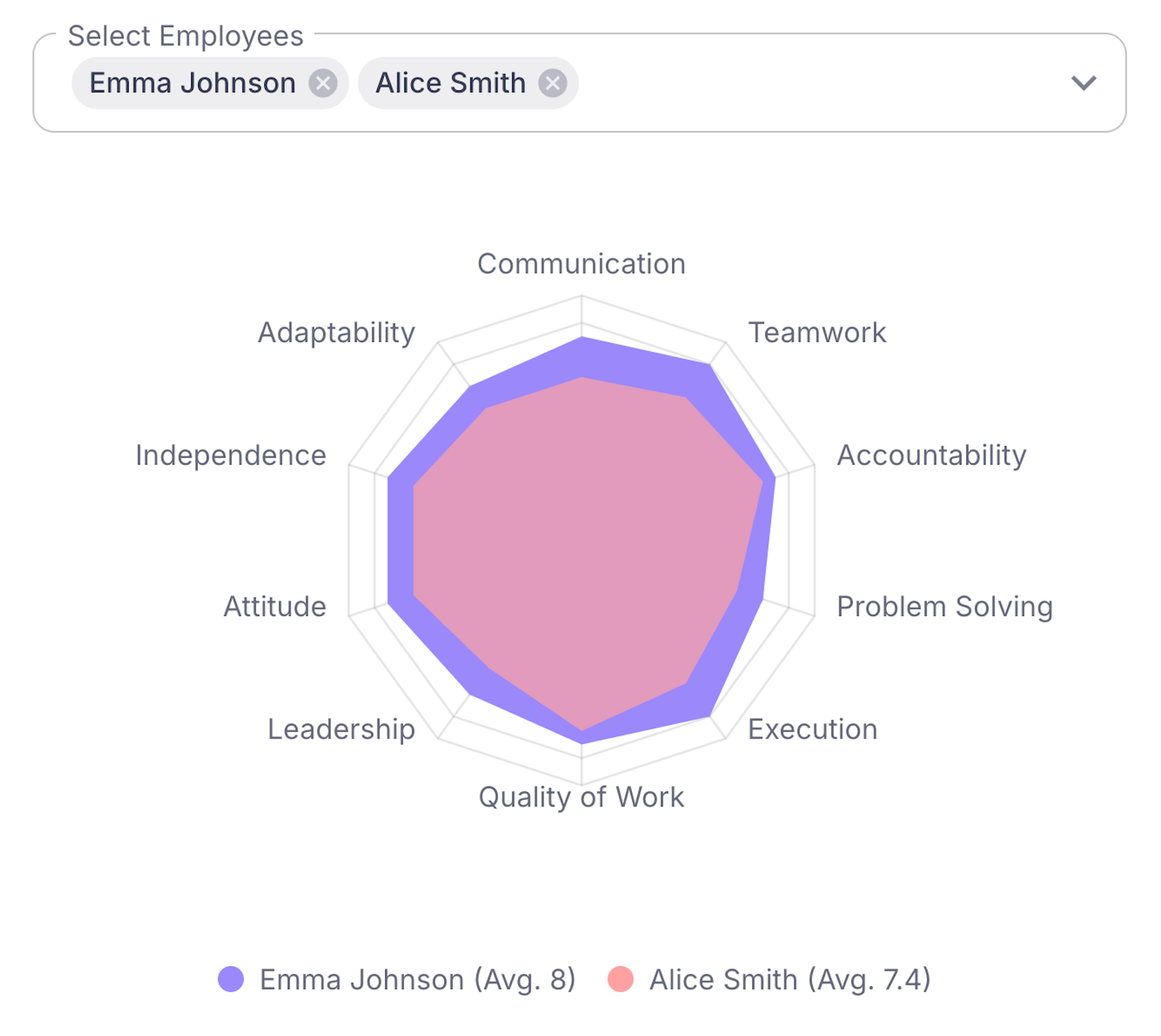Navigating the complex landscape of HR data integration tools is crucial for tech companies to streamline operations and enhance workforce productivity. This article delves into the leading tools preferred by technology leaders, exploring features that can strengthen team performance and boost data-driven decision-making. Discover how strategic integration can transform tech workplace dynamics.
HR Data Integration Explained
Aggregating diverse HR data from multiple sources is a driving force for tech companies poised for growth. Through effective data integration, tech firms are transforming their HR functions by aggregating information from previously siloed systems. These tools enable synchronized employee data, enhancing recruitment and elevating payroll management efficiencies.
HR data integration simplifies complex processes by seamlessly syncing data across platforms. This synchronization ensures that recruitment processes are more targeted and strategic, facilitating the attraction of top tech talent. For payroll, seamless integration prevents errors, ensures compliance, and enhances the overall employee experience by providing timely and accurate payments.
Key functions of these tools include:
- Syncing employee records to ensure consistency across different departments.
- Enhancing recruitment processes through better data analytics and reporting.
- Streamlining payroll management to minimize errors and ensure compliance.
By supporting strategic organizational goals, these integrations lead to informed decision-making. Leaders gain access to comprehensive dashboards, turning data into actionable insights for workforce planning and organizational growth. This data-driven approach enables tech companies to align their workforce management with overall business strategies, like leveraging workforce analytics for productivity and efficiency.
Effective HR data integration supports not only the daily operational needs but also the broader strategic ambitions of tech firms. It provides the backbone necessary for leaders to make informed decisions that push the company’s productivity to new heights. As the tech landscape continues to evolve, mastering HR data integration is essential for driving leadership and productivity to new frontiers.
Key Features of Top Integration Tools
When evaluating HR data integration tools, several key features stand out. These functionalities are crucial for boosting productivity in tech companies. Real-time data synchronization is essential. It ensures that information across platforms is always up-to-date. This prevents data discrepancies and enhances decision-making efficiency.
Customizable reporting is another critical feature. In the tech industry, data-driven insights are vital. Flexibility in reporting allows companies to tailor analytics to their specific needs. This can significantly streamline operations by aligning HR functions with strategic goals.
Automated workflows are also a game-changer. They eliminate repetitive tasks, freeing up HR personnel for more strategic work. By automating processes like onboarding and payroll, companies can save precious time. This streamlined efficiency is necessary in the fast-evolving tech world.
Considering the sensitivity of HR data, robust security features are non-negotiable. These tools must offer encryption, access controls, and regular security audits. Protecting employee data is not just a legal obligation; it’s crucial for maintaining trust.
Ultimately, these features enhance task efficiency and improve data accessibility. They enable tech firms to focus on growth by leveraging their workforce data effectively. In this context, it’s clear that workforce analytics have a significant impact. They provide essential insights that drive productivity and engagement strategies. Tech companies that harness these capabilities are better positioned to thrive in competitive markets.
Top Tools Used in Tech Firms
In the dynamic landscape of tech companies, selecting effective HR data integration tools is crucial. Many firms gravitate towards options that offer robust integration capabilities, scalability, and user-friendly interfaces. These features are vital for maintaining efficient workforce management.
Solutions in the market offer distinct advantages:
- User Experience: A tool must boast a clean, intuitive interface that simplifies navigating HR complexities.
- Scalability: It should grow with the company, accommodating an increasing volume of employee data without hiccups.
- Integration Capabilities: Seamless integration with other software systems is essential, making it easy to transfer data across platforms.
Industry leaders often praise certain platforms for their integrated approach to HR management. They highlight the ease with which these tools connect payroll, benefits administration, and talent management under one roof. This holistic view allows management to make informed decisions on performance and strategic growth.
Feedback from tech firms often underscores how these tools enhance efficiency by automating traditional processes. By eliminating manual data entry, they reduce errors and free up valuable HR resources for more strategic tasks. Furthermore, tools with real-time analytics empower managers with actionable insights into workforce trends and productivity markers.
A cohesive toolset is vital for staying competitive, enabling companies to optimize their HR analytics platforms. As tech firms increasingly prioritize integration, these tools prove indispensable in achieving streamlined operations and strategic foresight.
Benefits of Strategic Integration
When tech companies integrate HR data effectively, they unlock a treasure trove of advantages. A harmonized approach to HR data not only boosts productivity but also transforms leadership dynamics. By streamlining disparate systems, companies can make informed decisions rapidly. The clarity gained through integrated insights enables leaders to anticipate trends and mitigate risks efficiently.
Improving employee satisfaction stands as a significant outcome of strategic data integration. Employees appreciate seamless interactions with HR systems, and this seamlessness reduces frustration. Such integrations make tasks like requesting PTO or updating personal information hassle-free, contributing to an enhanced employee experience. Furthermore, HR teams can delve into strategic initiatives rather than orchestrating mundane administrative tasks.
Reducing operational costs is another compelling reason for integration. Consolidating systems reduces redundancies, leading to savings both in time and resources. Centralized HR data systems mean less clutter and more focus on what drives a company’s mission forward.
Innovation thrives in a well-integrated environment. When HR personnel are liberated from repetitive tasks, they can focus on strategic activities like employee development and organizational culture. This fosters a culture where creativity and innovation are encouraged. HR teams are better positioned to contribute to overarching company goals when they aren’t bogged down by manual processes.
Companies transforming their workforce through effective data integration can look at strategic performance management systems as part of their journey toward enhanced productivity. By revisiting processes and making them more efficient, there’s more bandwidth for innovation and growth. For insights on managing performance efficiently, visit performance management strategies that align HR goals with organizational success.
Overcoming Integration Challenges
Navigating HR data integration can be fraught with challenges—each potentially stalling productivity. Compatibility is often the first hurdle. Systems may not seamlessly connect, resulting in data silos. To combat this, tech firms should prioritize solutions that emphasize open APIs or seek customizable options to facilitate smooth data flow.
Data security stands as another pressing concern. Ensuring sensitive employee information is protected during integration is non-negotiable. Companies should implement robust encryption and authentication measures. Regular audits can further bolster security protocols, safeguarding against potential breaches.
Tech firms can benefit from outlining clear integration objectives. Establishing KPIs can direct the integration process, ensuring alignment with overall business goals. Investing in training can demystify new systems for team members, reducing resistance.
Effective change management is crucial in addressing hesitations linked to new technology adoption. Leveraging change management tools can guide organizations through transitions. Communication platforms can foster transparency, offering employees insights into the benefits of integrated systems. Feedback loops, like surveys or open forums, can also prove invaluable. They invite employee input, encouraging buy-in and surfacing potential resistance points early.
In sum, confronting integration challenges demands strategic planning and robust change management. By focusing on compatibility, security, and clear objectives, tech firms can ensure successful transitions. For more on managing employee engagement during tech transitions, check out strategies to increase employee engagement amid change.
Case Study: Successful Tech Integration
When a prominent tech company decided to integrate an HR data tool, they embarked on a meticulous journey. The objective was clear: to streamline HR operations and boost overall productivity.
The company opted for a robust integration tool known for its adaptability. A cross-departmental team was assembled to oversee the process. The initial step involved assessing compatibility with existing systems to avoid unforeseen hiccups. Once the integration kicked off, they implemented a phased roll-out, ensuring minimal disruption to ongoing operations.
Challenges were inevitable. The team faced data migration issues and initial resistance from employees wary of new technology. To tackle this, comprehensive training sessions were conducted, equipped with resources addressing common concerns. Moreover, establishing a feedback loop was crucial. Regular updates helped engage employees and facilitated smoother transitions by addressing their feedback promptly.
Upon full implementation, the benefits were evident. The tool enhanced data accessibility, leading to improved decision-making. HR tasks that previously required significant manual input became more efficient. The integration allowed for:
- Simplified access to employee data, reducing response times.
- Automated report generation, supporting strategic planning.
- Enhanced team performance analytics, pinpointing areas for development.
The tangible results were remarkable. Employee satisfaction increased due to streamlined processes, supporting a culture of transparency. Moreover, the business noted upticks in productivity metrics, proving the integration’s value. For more insights into optimizing tech productivity, explore how workforce management aligns with the AI era.
How Abloomify Empowers Tech Teams
Welcome to the AI era of workforce management with Abloomify. Tailored specifically for tech companies, this platform transforms how teams operate. At its core, Abloomify features an AI Manager Copilot designed to ease the burden on tech leaders. This smart assistant provides real-time, proactive insights into team dynamics, empowering managers to make informed decisions swiftly.
Abloomify’s workforce planning tools are also a game-changer. They allow tech companies to anticipate needs and allocate resources more effectively. This strategic foresight fosters a responsive environment where productivity thrives. Meanwhile, its performance management framework facilitates ongoing feedback, ensuring that teams remain resilient and high-performing.
By integrating seamlessly with existing systems, Abloomify minimizes disruption during implementation. Leaders can tailor the platform to fit their unique requirements without overhauling their current infrastructure. Moreover, the platform prioritizes privacy, safeguarding sensitive data in an environment that’s becoming increasingly digital.
Benefits for tech leaders include:
- Streamlined processes that reduce administrative burdens.
- Enhanced ability to build adaptable, future-ready teams.
- A robust framework that emphasizes continuous performance improvement.
These features make Abloomify an essential tool for tech firms aiming to optimize their workforce. To understand more about utilizing workforce analytics for productivity, refer to their insightful guide on this topic.
Abloomify not only shapes how teams work today but sets the stage for embracing the workplace of tomorrow with confidence. As each component of the platform aligns with tech leaders’ needs, the possibilities to innovate are endless.
Embracing the Future of HR Tech
The landscape of HR tech is evolving faster than ever. Tech companies must adapt to harness the full potential of emerging data integration tools. The future lies in systems incorporating advanced AI and machine learning capabilities. These technologies streamline operations and provide actionable insights into employee performance and engagement.
Key trends shaping the future of HR data integration include:
- Automation: Automated processes reduce administrative burdens, allowing HR teams to focus on strategic tasks and decision-making.
- Predictive Analytics: Leveraging machine learning, predictive analytics identify patterns and forecast trends, enabling proactive workforce management.
- Interoperability: Seamless integration with existing tools ensures that HR systems can operate within a cohesive tech ecosystem, enhancing efficiency and data accuracy.
- Real-time Insights: Access to immediate data helps leaders make informed decisions, promoting agility within tech organizations.
As tech companies adapts to these advancements, the choice of HR tools becomes critical. Organizations should explore solutions that integrate effortlessly while providing robust insights, such as AI-driven workforce management platforms. This integral shift can aid in crafting a data-driven, productive workplace culture.
Partnering with an expert like Abloomify can guide businesses through this transformation, ensuring they extract maximum value from their tech stack. Aspiring to build high-functioning teams? Consider tapping into Abloomify’s expertise. Dive deep into your data strategy to elevate your organization’s performance by reaching out for a consultation via Abloomify. Embrace the wave of HR innovation and lead your company into a data-enhanced future.
Final words
Choosing the right HR data integration tool is vital for tech companies seeking to enhance workforce efficiency and drive innovation. Effective integration supports strategic goals and lays a foundation for sustainable growth. Consider leveraging platforms like Abloomify that offer seamless integration and insightful data analysis to elevate your HR practices. Find out how Abloomify can help at Abloomify.



